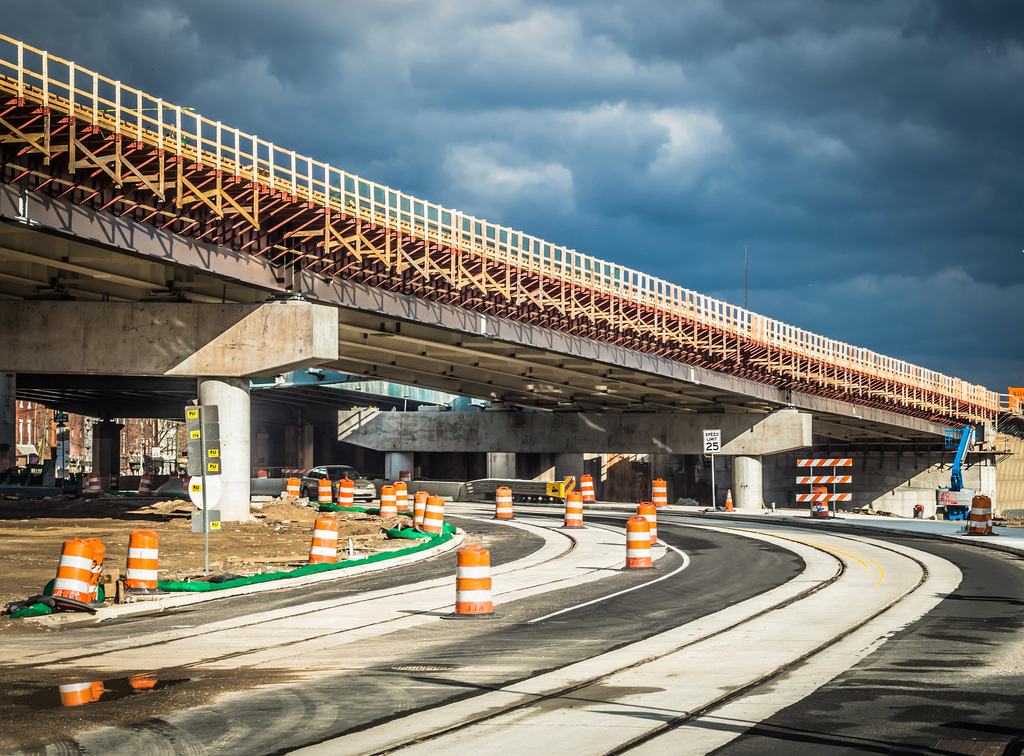PennDOT Secretary hopes to connect the planning dots with new initiative

PennDOT Secretary Leslie Richards is a planner, in the professional sense of the word.
That slightly unusual fact—most of her predecessors had traffic engineering backgrounds—helps explain her excitement for the agency’s latest initiative, PennDOT Connects.
The idea is pretty simple. Before PennDOT starts engineering for a new bridge or to rehabilitate an old highway, the agency will talk to local planners about ways the project might fit into the community’s long-range plans.
Or, as Richards put it with a laugh, local collaboration “is going to happen before anything has happened before.”
Previously, PennDOT engineers would wait to engage local stakeholders until the middle of preliminary engineering stages. Delaying that long to ask a local planning board or township manager if a planned improvement fit their vision for the area led to complications, said Richards.
“What happened before, we could get through 30 or 60 percent of design and then an issue would come up,” she said, citing a hypothetical community’s long-range plans for a pedestrian walkway or wastewater management improvements. PennDOT Connects “should eliminate any surprises that we would see along the way that would impact project delivery,” said Richards.
In addition, Richards argued that the initiative’s “primary benefit” would be delivering “an asset that the community truly feels is an asset and really fits in the fabric of a neighborhood.”
Richards cautioned that this process was aimed at improving state-locality collaboration, not necessarily delivering on every special feature a community might want added to a highway project. Having these conversations earlier would allow for the potential inclusion of more locally-desired elements, and enable discussions about how PennDOT could engineer projects to at least not impede such aspects.
PennDOT might not build the bike lane or put up the new street lights a municipality might want, but at least they wouldn’t get in the way of those projects, either—or at least so Richards’ hopes. The PennDOT Secretary added that earlier conversations with PennDOT would also help localities identify other funding sources, such as trail grants administered by the Commonwealth’s Department of Conservation and Natural Resources.
Marshaling funds from a dozen or more sources is often the first, and arguably the hardest, step in many pedestrian and bicycle infrastructure projects, so beginning the fundraising collaborations a few months earlier may speed some projects along.
Richards doesn’t think PennDOT Connects will add a layer of bureaucracy that will significantly slow down project delivery times for most projects, but did acknowledge that it could cause some delays and even added costs. “That would be fine with me,” she said, if the initiative resulted in fewer, but better, PennDOT projects.
PennDOT Connects will launch on new projects that haven’t yet begun preliminary engineering (or only just recently did). PennDOT estimates that this will impact 280 projects currently on its three-year Transportation Improvement Program (TIP) worth around $2 billion, plus all subsequent plans added to the TIP in coming years.
WHYY is your source for fact-based, in-depth journalism and information. As a nonprofit organization, we rely on financial support from readers like you. Please give today.





